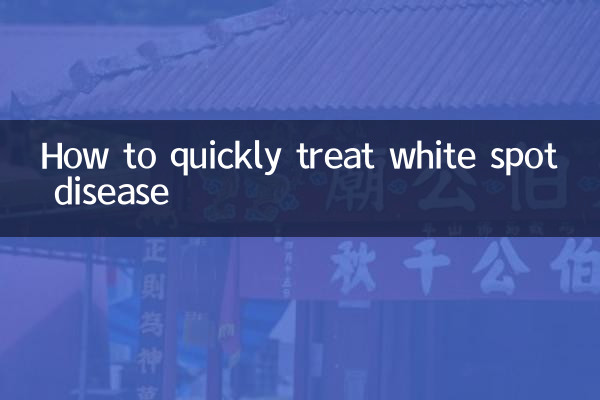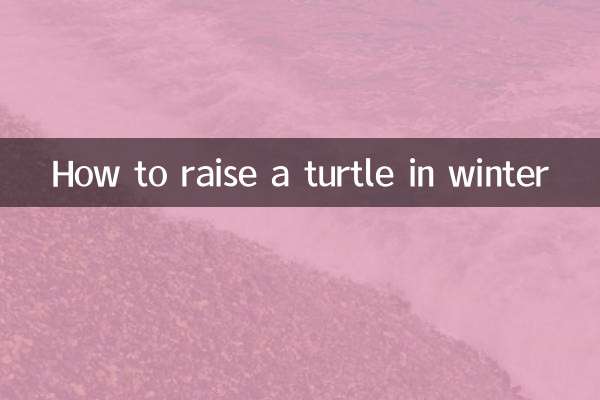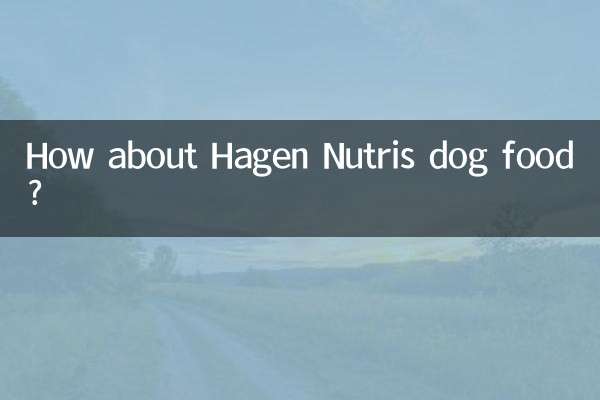How to quickly treat white spot disease
White spot disease is a common parasitic disease of ornamental fish. It is caused by ciliates (such as small melon worms) and appears as white granular spots on the surface of the fish. If left untreated, fish may die. The following is a collection of popular discussions and structured data on the treatment of white spot disease in the past 10 days across the Internet to help aquarists quickly solve the problem.
1. Symptoms and diagnosis of white spot disease

Early detection is key, and here are typical symptoms:
| Symptoms | Description |
|---|---|
| white spots on body surface | White particles with a diameter of 0.5-1mm, like salt particles |
| Frictional behavior | Fish frequently rub against tank walls or decorations |
| Shortness of breath | Occurs with gill infection |
| decreased appetite | Refusal to eat in severe cases |
2. Comparison of popular treatment methods across the Internet
According to recent forum, short video platform and e-commerce data, the following are the 5 most discussed treatments:
| method | support rate | Effective time | Things to note |
|---|---|---|---|
| Warming therapy | 92% | 3-5 days | Need to slowly heat up to 30℃ and maintain |
| salt bath method | 85% | 5-7 days | The concentration does not exceed 0.3% |
| methylene blue | 78% | 3 days | Need to be protected from light |
| Chinese medicine treatment | 65% | 7 days | Sophora flavescens and rhubarb decoction |
| Special medicine | 95% | 2-3 days | Pay attention to brand safety |
3. Step-by-step treatment plan (combined with the best plan from the entire network)
The first step: isolation and observation
Isolate sick fish immediately to prevent cross-infection. Things to note when using a treatment cylinder:
| water temperature | Consistent with the original tank (will gradually heat up later) |
| Volume | Not less than 20 liters |
| oxygenate | Requires 24-hour oxygen supply |
Step Two: Warming + Salt Bath Combination Therapy
The most cost-effective solution currently:
| time | Operation |
|---|---|
| Day 1 | Raise the temperature to 28°C and add 0.1% salt |
| Day 2 | Raise temperature to 30℃, salt concentration 0.2% |
| Day 3-5 | Maintain 30℃, add salt after changing water |
Step Three: Adjuvant Treatment
Based on recent practical feedback from aquarists, the following efficiency-enhancing measures are recommended:
| Vitamin C | Add 50mg per 100 liters of water |
| Light control | Dark treatment for 4 hours daily |
| water quality maintenance | Change water 1/5 daily |
4. Frequently asked questions during treatment
Based on the popular questions and answers on social platforms in the past 10 days:
| question | solution |
|---|---|
| Fish appear floating head | Immediately increase oxygenation and pause heating |
| Increased white spots | This is a normal phenomenon and the insect body will protrude before falling off. |
| Sensitive to aquatic plants | Remove sensitive aquatic plants (such as moss) |
5. Measures to prevent recurrence
After successful treatment, prevention needs to be continued for 1 week:
| water temperature maintenance | Keep above 28℃ for 1 week |
| New fish quarantine | 7 days of quarantine and observation |
| UV germicidal lamp | Open 2 hours a day |
With the above structured treatment plan, most cases can be cured within 5-7 days. It is recommended to choose a method based on the actual situation. In case of severe infection, it is recommended to cooperate with special drug treatment. Recent popular discussions show that the cure rate of early intervention can reach over 98%.

check the details

check the details